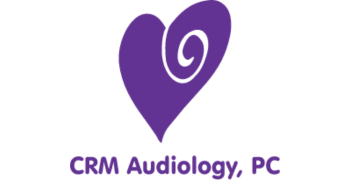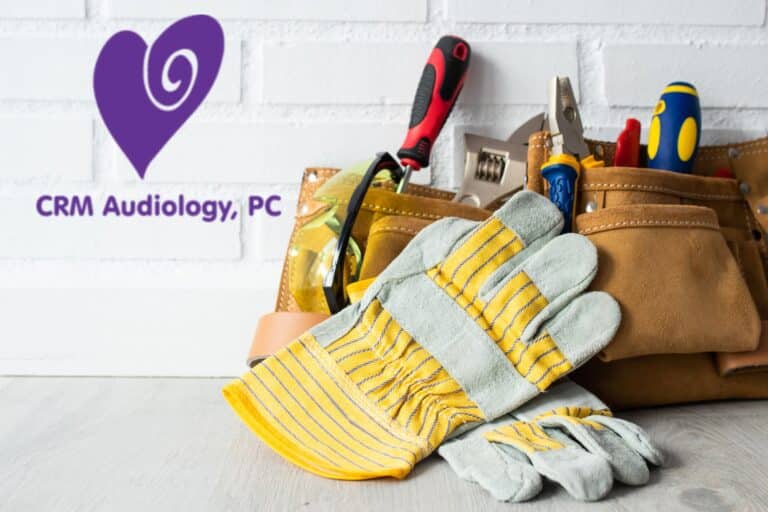Hearing aids are essential tools that dramatically improve the quality of life for many individuals. Regular maintenance is key to ensuring they remain effective. Proper care not only extends the lifespan of your device but also maintains consistent sound quality, allowing you to enjoy crystal-clear hearing.
Understanding Your Hearing Aid
There are several types of hearing aids, including behind-the-ear, in-the-ear, and others, each designed to suit different needs and preferences. It’s crucial to familiarize yourself with your specific model by thoroughly reading the user manual. This guide is tailored to your device and offers essential insights into its care and functionality.
Daily Care Routine
Integrating a daily care routine is simple yet immensely beneficial. Start by wiping down your hearing aids each day with a dry, soft cloth to remove any oil or moisture. Regularly check for earwax or debris that might accumulate and hinder performance. When not in use, store your hearing aids in a safe, dry place to prevent damage.
Battery Maintenance
Checking your hearing aid’s battery life should be part of your routine. Keeping spare batteries on hand ensures you’re never without the device when you need it most. Learn how to replace and dispose of batteries responsibly, avoiding potential damage to the hearing aid or the environment.
Cleaning Techniques
Proper cleaning is integral to hearing aid care. Follow these step-by-step instructions to clean different components like microphones and receivers effectively. Tools such as brushes and wax guards can assist in this process. When disinfecting, use only safe methods that won’t harm the device’s components.
Moisture and Heat Protection
Moisture and heat pose significant risks to hearing aids. Protect your device by using dehumidifiers or drying capsules, especially in humid conditions. Avoid exposing them to high temperatures by not leaving them in direct sunlight or near heat sources, which can lead to malfunctions.
Troubleshooting Common Issues
Even with perfect care, common issues like feedback, no sound, or distorted audio can occur. Before contacting an audiologist, try basic troubleshooting steps: check for obstructions, ensure the device is clean and dry, and verify battery functionality.
Regular Professional Maintenance
While self-maintenance is vital, regular professional check-ups with an audiologist are equally important. During these visits, expect thorough cleaning and adjustments to enhance your hearing aid’s performance. An audiologist can also provide personalized advice tailored to your hearing needs.
By incorporating these simple yet effective maintenance tips into your daily routine, you ensure the longevity and performance of your hearing aids. Regular care along with professional support will keep your device functioning optimally. For personalized advice or to schedule a check-up, contact CRM Audiology today.



